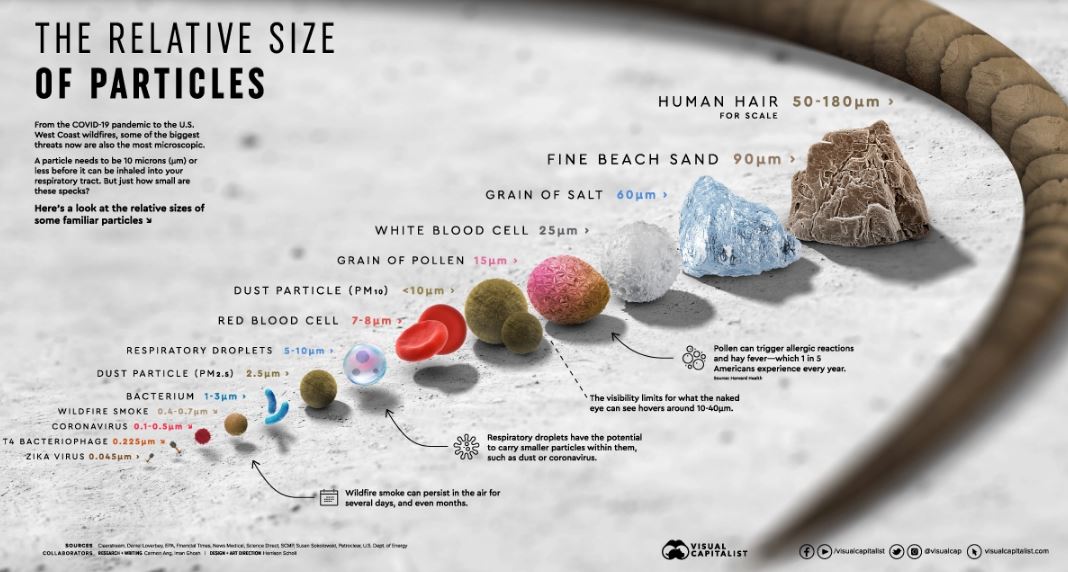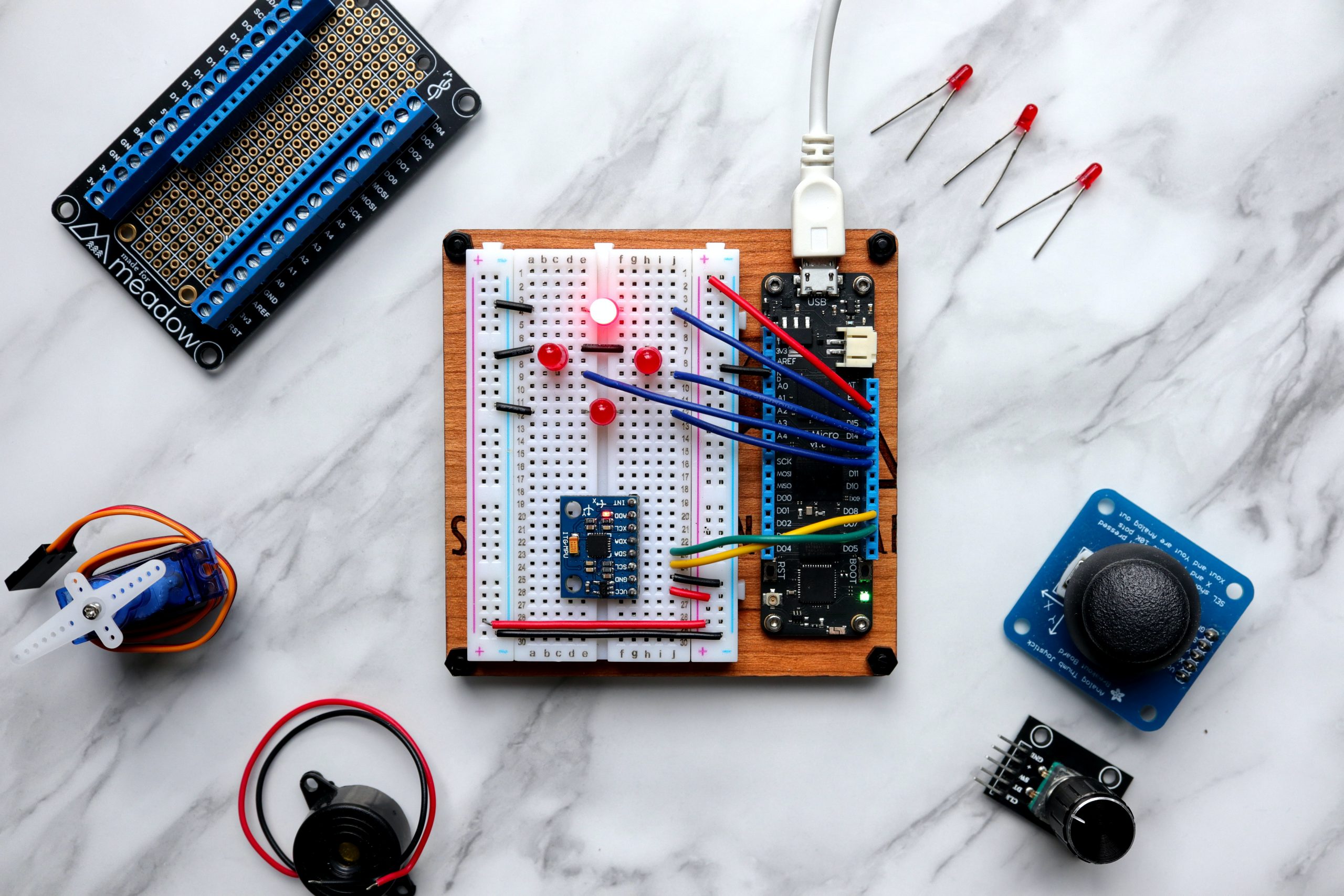Measure it so you can improve it!
Measure it so you can improve it!
There are several great old quotes that still hold true today:
“You can’t improve what you don’t measure.” (often attributed to Peter Drucker, “father of management thinking”, Forbes.com)
“When you can measure what you are speaking about, and express it in numbers, you know something about it; but when you cannot measure it, when you cannot express it in numbers, your knowledge is of a meagre and unsatisfactory kind: it may be the beginning of knowledge, but you have scarcely, in your thoughts, advanced to the stage of science, whatever the matter may be.” (Lord Kelvin, British scientist, oxfordreference.com)
Ok, so we need to measure if we really want to know what is going on. When you’re talking about air quality, sensors are the key! Whether you are a homeowner or a professional, an economical sensor is a valuable thing. Here are some of the best and their many uses.
Air Flow
There are several instruments that can be used to measure airflow. HVAC techs use manometers or anemometers to verify whether the installed ductwork and fans are performing as designed. There are also many uses for these around the house! Here are a few:
- Hold it below your kitchen exhaust vent fan to see if it is moving enough air out of the kitchen (you can do the same for the bathroom exhaust fan)
- Hold it below your return air intake when the filter is clean, and when it is dirty, to see how much a dirty filter impacts your air flow.
- Install a pollution-filtering window screen and window fan, and check the fresh airflow in and out of the room (see our post here).
Here’s an inexpensive anemometer that not only measures wind speed, it also measures the temperature. In order to get a volume air flow measurement in cubic feet per minute (CFM), set the output to read feet per minute and then multiply it by the square footage of the duct or window you’re measuring (width in inches x length in inches divided by 144).
Air Pressure
We’ve written quite a bit about the “pressure” of your home; ideally it will be “balanced” so that outside air is not being pulled in through cracks and crevices (other than fresh air ventilation). How do you really know, though, without measuring? Air pressure sensors are called manometers and here are some other uses for them:
- Checking the pressure drop across a new higher MERV filter (we recommend MERV 13 for the best home filtration). You can make a small hole in the filter in order to feed one of the ported tubes through, and seal it later with some tape.
- Check the negative pressure in rooms with the door closed, to see if the HVAC returns are getting proper air flow. In this post we discuss tackling the problem of getting enough air movement with closed doors.
Here’s an inexpensive manometer that detects pressure or differential pressure (with two ports) and has readouts in several different common units.
CO2
If you’ve read our post on CO2, then you know how important this pollutant can be to your wellbeing. Too much CO2 comes from not having enough fresh air ventilation, and can be a big factor in feeling groggy, less energetic, and causing brain fog and poor mental performance. Of course, then, you’ll want to measure it in your home and workplace, your car, and maybe even in your classroom, church or other public meeting place. Here are some sensors that will help you do that:
- To get the most bang for your buck, AirThings 2930 WavePlus combines 6 sensors in one unit: Radon, CO2, VOC, Humidity, Temp, Pressure (Barometric pressure) for about $200.
- InkBirdPlus makes a unit that tells CO2, temperature and humidity, which are 3 key measurements for home use. It can be hung on the wall or be portable. This unit is about $69.
PM and VOCs
Particulate Matter (PM) is not only dust–it’s smaller than that! Dust ranges in the 2.5-10 micron range (check out the following diagram), but when there’s smoke or cooking involved (which happen in the home all the time), particles can be less than 1 micron. That’s where you can really see what’s going on when the toaster burns your bread!
Source: visualcapitalist.com
Formaldehyde is a toxic VOC that is a common “off-gas” component of new furniture, flooring and pressed-wood cabinets. It can be measured separately or as a part of Total VOCs (TVOCs). Those who like to have their nails manicured and painted may or may not be in shock if they took a VOC meter into the salon…the same could happen in a busy restaurant with “open kitchen” concept. Here are some sensors that you can use in the home or business (gasp!) to make sure you’re ventilating or wearing a mask when appropriate.
- This model by Temtop has a sleek design for your desk and measures PM2.5, Formaldehyde and Total VOCs ($90).
- Temtop Air Quality Monitor measures PM2.5, PM10, Formaldehyde, temperature and humidity, TVOC and AQI, with solid ratings on Amazon ($149).
Some sensors look like a sleek medical device and some look like a machine from Inspector Gadget, but remember, they will give you information your nose alone can’t tell you. If you take out your sensor in a public place and someone asks you about it, you may be able to impart some timely wisdom that will help them, too!
Photo by Jorge Ramirez on Unsplash


